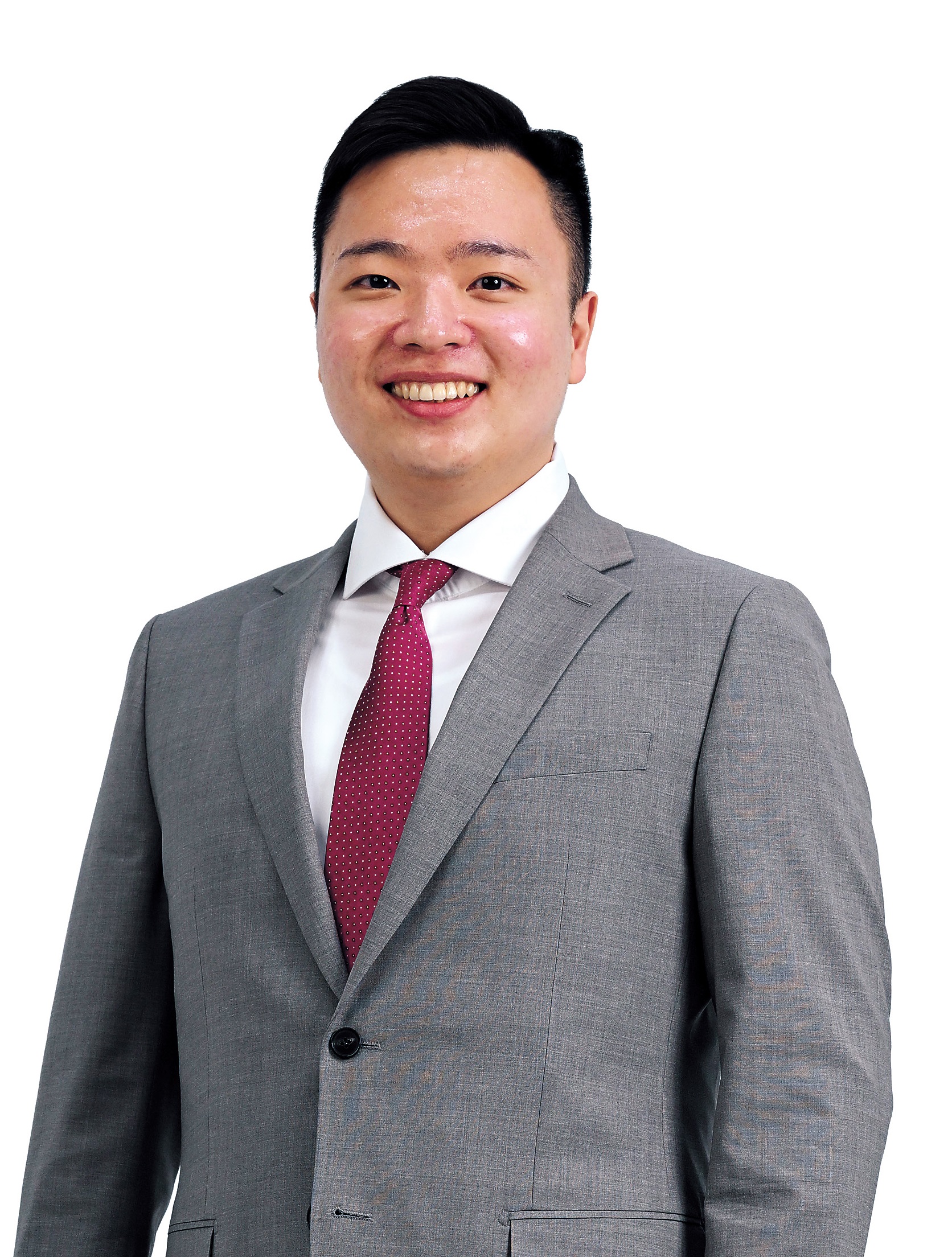Korean Air ups commitment to newer, safer airplanes
By Hwang Joo-youngPublished : Aug. 28, 2024 - 15:20

Korean Air is significantly increasing its investment in a younger, safer and more passenger-friendly fleet, reflecting the carrier's commitment to enhancing its services and providing travelers a broader range of options.
According to recent Transport Ministry data, the average age of Korean Air’s fleet is 11 years and four months, making it the youngest among the top five airlines in the country.
This achievement is part of the airline's ongoing strategy to introduce new aircraft models, including Boeing's 737-8, 787-9 and 787-10, as well as Airbus’s A321neo, while phasing out older models. This year, Korean Air ordered additional Boeing 787 series and Airbus A350 aircraft, both renowned for their efficiency and long-haul performance.
The Boeing 787-9 has a range of up to 14,010 kilometers, while the Airbus A350 can fly up to 17,979 kilometers. Korean Air has already deployed these aircraft on its longest routes, including flights between New York and Singapore, as part of its operations for the second half of 2024.
"Previous four-engine aircraft are limited in the airports they can land at, and their fuel efficiency restricts their use to only high-demand routes," a Korean Air official said.
"In contrast, fuel-efficient twin-engine wide-body aircraft offer the flexibility to match aircraft size with demand for each destination, allowing us to open more direct routes not only to major hubs but also to smaller cities around the world," the official explained, adding that Korean Air will be able to diversify time slots to explore new destinations.
Meanwhile, industry experts view Korean Air's proactive adoption of new aircraft as a strategic long-term investment in operational safety.
The new models incorporate advanced technologies and numerous systematic enhancements designed to support safe operations.
Notably, the Boeing 787 and Airbus A350 series are subject to rigorous management and production standards, as they are considered flagship models for their respective manufacturers.
Boeing’s latest aircraft, the 777-9, first announced at the Farnborough International Airshow in the UK in July, is set to begin commercial operations as early as next year. The 777-9 received FAA-type inspection approval in July and is currently undergoing test flights. Major international carriers, including Korean Air, British Airways, Cathay Pacific Airways and Etihad Airways have also placed their orders for the 777-9.
Meanwhile, Korean Air has recently unveiled new aircraft interior design concepts, set to be introduced in the economy and prestige classes of the Airbus A321neo and Boeing 787-10. These designs incorporate Korean aesthetics, featuring seats inspired by hanbok and other traditional elements.
Starting with this year's 787-10, Korean Air is introducing the new prestige class seat, "Prestige Suite 2.0," which will be featured in future aircraft.
The new seat design enhances passenger comfort with expanded personal space next to the armrests, a 24-inch monitor with 4K resolution and Bluetooth audio for in-flight entertainment. Unlike previous prestige class seats, it offers more seating options to accommodate passengers traveling with companions.
Additionally, the A321neo will debut in Korea with a 180-degree flat seat in business class, a first for the country.





![[Herald Interview] How Gopizza got big in India](http://res.heraldm.com/phpwas/restmb_idxmake.php?idx=644&simg=/content/image/2024/11/20/20241120050057_0.jpg&u=20241120164556)


![[KH Explains] Dissecting Hyundai Motor's lobbying in US](http://res.heraldm.com/phpwas/restmb_idxmake.php?idx=644&simg=/content/image/2024/11/20/20241120050034_0.jpg&u=)
![[Graphic News] 70% of S. Koreans believe couples can live together without tying the knot: survey](http://res.heraldm.com/phpwas/restmb_idxmake.php?idx=644&simg=/content/image/2024/11/19/20241119050098_0.gif&u=)








![[Today’s K-pop] Blackpink’s Jennie, Lisa invited to Coachella as solo acts](http://res.heraldm.com/phpwas/restmb_idxmake.php?idx=642&simg=/content/image/2024/11/21/20241121050099_0.jpg&u=20241121172748)